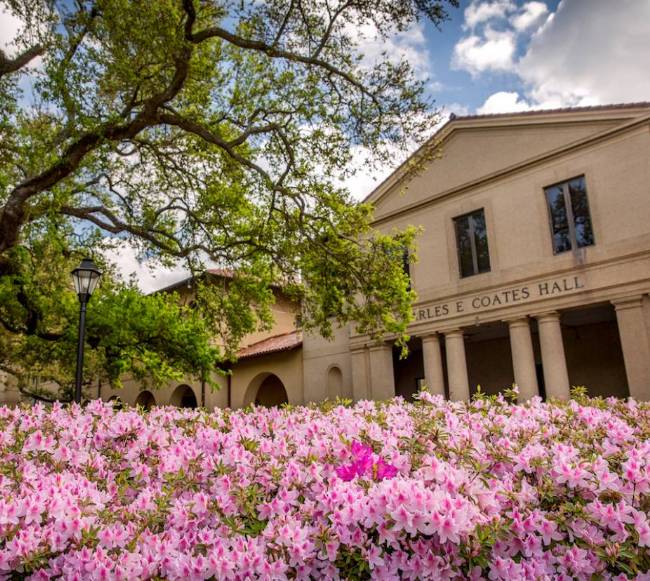Why a Late-Season Tropical System in the Gulf is Unusual: Insights from LSU Expert
November 04, 2024

Jill Trepanier, LSU geography and anthropology professor
As the Gulf of Mexico braces for a rare late-season tropical cyclone, LSU geography and anthropology professor Jill Trepanier sheds light on what makes this storm unique, how it's expected to behave, and what this could mean for Louisiana and beyond.
With nearly 98% of U.S. hurricanes making landfall before November, this late arrival raises important questions about changing weather patterns and the role of sea temperatures. In this Q&A, she breaks down the science behind this unusual storm.
What is a tropical cyclone?
A tropical cyclone is the generic name for any tropical low-pressure system. So, a hurricane is a tropical cyclone, and a tropical disturbance is a tropical cyclone. Think - the broadest umbrella term there is one of these storms.
What makes this storm unique compared to earlier-season tropical cyclones?
The uniqueness of this storm is the timing - about 98% of all landfalling U.S. hurricanes happen before November. Otherwise, it is capitalizing on warm ocean water like other named systems this year. It is expected to move into an unfavorable environment near the central Gulf Coast by Friday so it should weaken significantly before landfall. It is very early, yet, and it greatly depends on where the storm officially organizes and strengthens.
Explore LSU's Department of Geography & Anthropology
How unusual is it to see a tropical cyclone in the Gulf of Mexico this late in the year?
Pretty unusual. The season usually greatly dies down by late October or early November. The season has been active, though, and it certainly isn't unprecedented (meaning, it has happened before).
How do late-season cyclones differ in behavior or intensity from those occurring in peak hurricane season?
Typically, they are working with more things against their formation. As we move into cooler season months, we see greater wind shear moving in from higher latitudes, greater dry air entrainment (that is, dry air being pulled into the system), and potentially cooler ocean water (depending on the track). That is, they aren't as likely to have such extreme intensities as in the peak part of the season (August-September).
“ The uniqueness of this storm is the timing — about 98% of all landfalling U.S. hurricanes happen before November. Otherwise, it is capitalizing on warm ocean water like other named systems this year. ”
Are there any different factors contributing to tropical cyclones forming later in the hurricane season?
There are a few necessary ingredients for a storm to form. One of them is certainly warm ocean water. If we see that warm ocean water is present for longer in the season than what we are used to (i.e., we call that the "climatology," which is based on a 30-year average), we can certainly see hurricane season stick around a little longer. The season doesn't officially end until November 30, so we have a little time yet.
What role does sea temperature play in supporting these late-season storms?
Hurricanes function like heat engines. The amount of energy you put into it, the more you can get out of it. The energy we see is manifested as the wind. The ocean's surface temperature is what helps provide the energy into the system.
Could this pattern indicate a shift in tropical cyclone seasons due to climate change?
There is some research about the timing of tropical cyclone season and if it is changing. Research supports that, yes, we could see a change in the timing of the season, but the expectation is that it will start earlier than June 1 (that is, storms in May, perhaps). But this has always been possible (and sometimes, we do see storms in May and/or December). If we start to see many storms later in the season, year after year, then we know that the system is fundamentally changing.
Next Steps
Let LSU put you on a path to success! With 330+ undergraduate programs, 70 master's programs, and over 50 doctoral programs, we have a degree for you.


